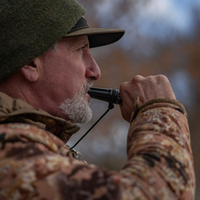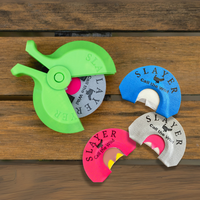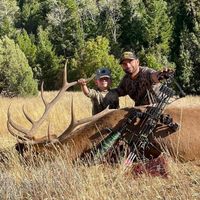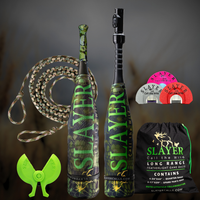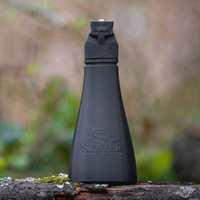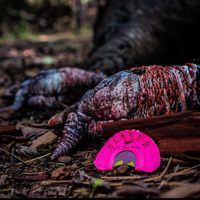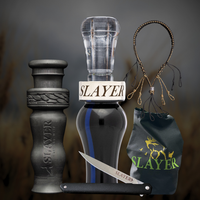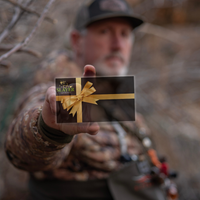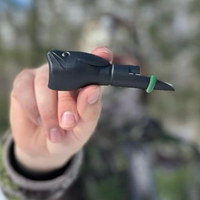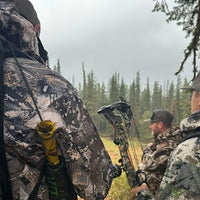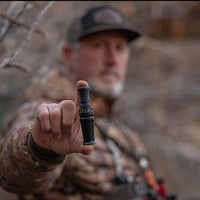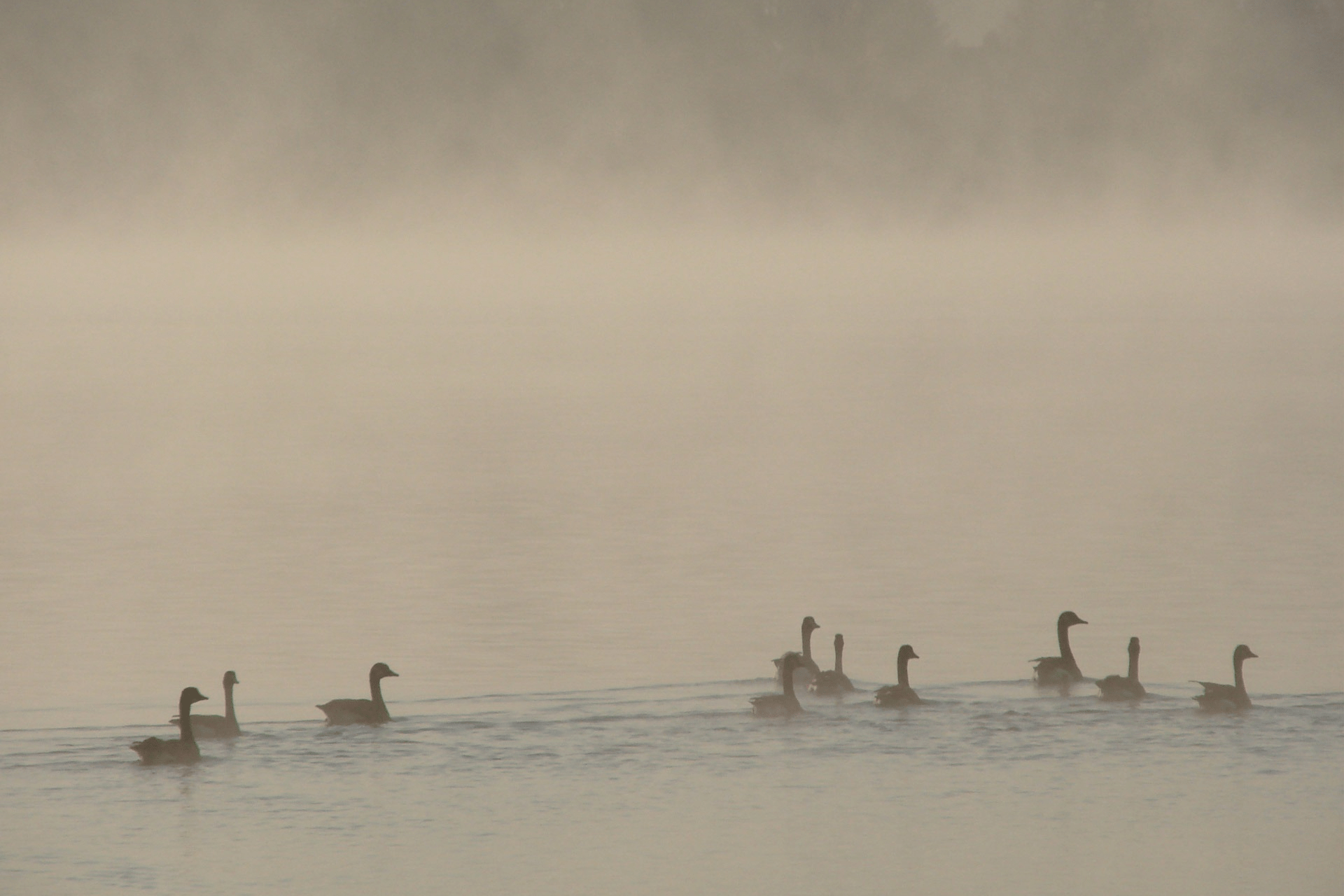How to hunt waterfowl on bluebird days
Duck hunters are weekend warriors who stare out at perfect, windy weather, hoping it holds. Then the weekend comes, and it’s nothing but bluebird skies. Stormy weather is best for duck hunting, but hunters can make freezing conditions work for them too. Learning how waterfowl behave in different weather conditions can dramatically improve your hunting techniques and extend your hunting season. Blue skies are better for the birds — they can fly and feed where they like. The sun reflecting off the water turns it into a mirror, making decoy spreads more obvious. The reflections also make it more difficult for hunters to hide their faces and guns. The slightest shadows and movements can alert the ducks, so practice these four essential hunting tactics for best results on bluebird days.1. Be willing to keep moving
On bluebird days, it’s crucial to stay mobile. Birds tend to feed at night and rest during the day. So instead of hunting near the food source, hunt in the resting areas. Look for good areas with at least 500 birds. If the birds aren’t potting up in flocks, try to clone any small pockets of birds you find. Place at least 10 decoys, and wait for the ducks to return. When they do, shoot at two or three birds and move on. Just don’t sit and wait all day for a huge flock that isn’t coming.
If the birds aren’t potting up in flocks, try to clone any small pockets of birds you find. Place at least 10 decoys, and wait for the ducks to return. When they do, shoot at two or three birds and move on. Just don’t sit and wait all day for a huge flock that isn’t coming.
2. Scout locations and log the ducks’ behavior


Birds are creatures of habit that stick to migration patterns. Scout locations on calm days and study the birds' behavior and migration patterns. Go to the areas where you plan to duck hunt, and pay attention to the birds’ behaviors during the day.
Log the times they feed and the times they rest. Note their flight routes and when they’re in flight during the day. Keeping detailed logs of the ducks’ behaviors on calm days can improve your hunts on clear days.
3. Work on your camouflage
Those blue skies make everything more visible to birds, so pay careful attention to your camouflage. Try to cover up any reflective surfaces and limit your movements. Use face paint or a face net to reduce the reflections. When hunting from a boat or blind, use grass sheets to ensure you’re completely invisible to the ducks. Then reduce your shadows by positioning yourself with the sun at your back. Use the glares and shadows created by the exposed sun to your benefit and not detriment.
When hunting from a boat or blind, use grass sheets to ensure you’re completely invisible to the ducks. Then reduce your shadows by positioning yourself with the sun at your back. Use the glares and shadows created by the exposed sun to your benefit and not detriment.
4. Add movement to make your decoy spread
Duck decoys are less likely to fool waterfowl on bluebird days. So you have to work harder to lure them to your spread. For example, adding movement to your decoys can lure the waterfowl to land. Spinning wing decoys are great at pulling high-flying birds down into calling distances. Once the birds are a few hundred yards from the decoys, shut off the spinners and use a jerk string to move your decoys. Movement usually does the trick, especially when combined with good calling.How to call ducks into range on bluebird days
Sound carries better and faster on clear, warm days, which makes calls louder to the birds. Make sure not to wail on the duck call when the birds are close, as it may scare shy and wary ducks away. Instead, choose a call that gives a soft, subtle presentation. Use a lot of finesse with soft calling. A wood double-reed duck call is best in these situations because wood absorbs sound.
Instead, choose a call that gives a soft, subtle presentation. Use a lot of finesse with soft calling. A wood double-reed duck call is best in these situations because wood absorbs sound.
Use the downsides of bluebird days to your advantage
 You don’t have to let the weather conditions control when you can hunt. Remember that birds tend to follow established flight patterns and feeding routines. Be mobile, and use your scouting information to predict where they'll be more accurately. Then fine-tune your camouflage, and use the right calling techniques to take advantage of those blue skies.
You don’t have to let the weather conditions control when you can hunt. Remember that birds tend to follow established flight patterns and feeding routines. Be mobile, and use your scouting information to predict where they'll be more accurately. Then fine-tune your camouflage, and use the right calling techniques to take advantage of those blue skies.
Let us help you find the right duck call for your next hunt — Shop duck calls Read part 1: How to hunt in stormy, foul weather
